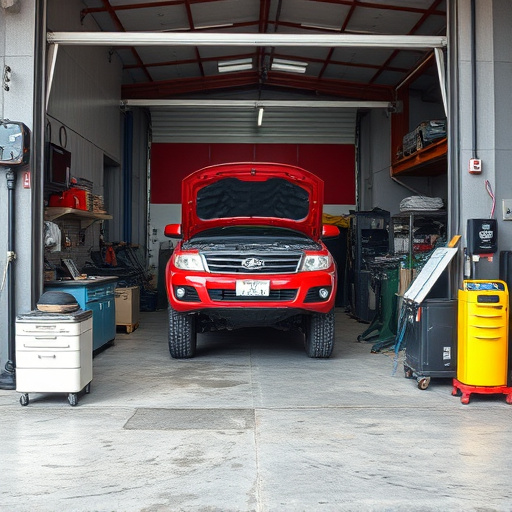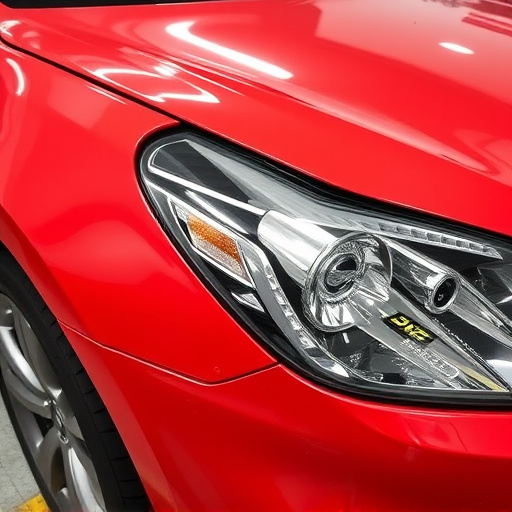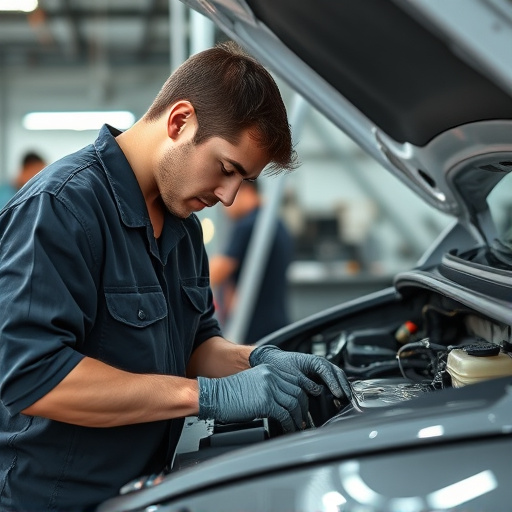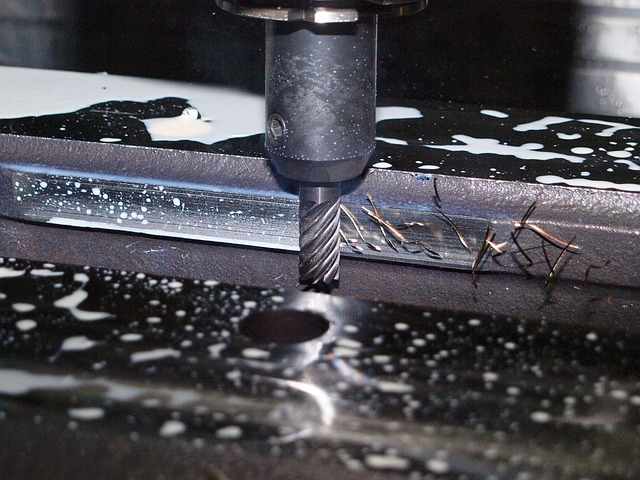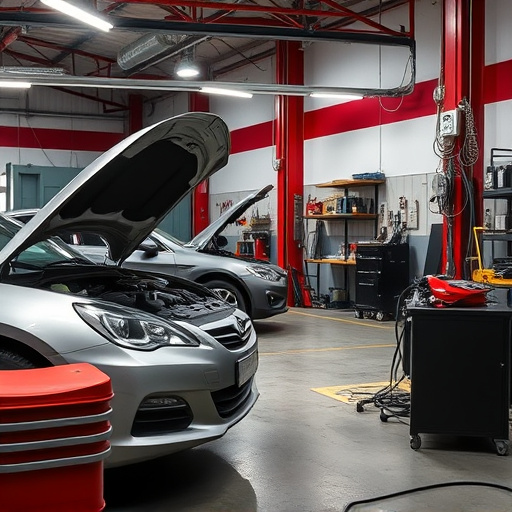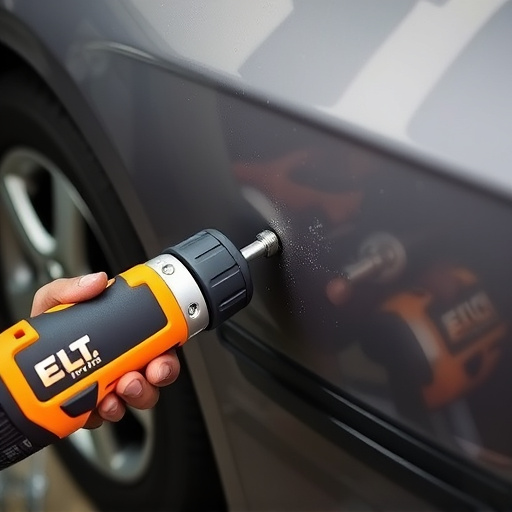Electric Vehicles (EVs), while environmentally friendly, pose challenges for pedestrian safety due to their quiet operation, especially in urban areas with high noise levels. Specialized pedestrian safety features repair like enhanced sound systems and warning signals are crucial. EV design differences may also cause unique damage upon collision, highlighting the importance of effective post-collision repair services, including dent removal and car paint repair, for enhanced pedestrian safety. Auto repair specialists play a vital role in integrating innovative solutions into EV design to ensure safety and accessibility, particularly for visually impaired individuals who rely on engine sounds.
Electric Vehicles (EVs) are revolutionizing transportation, but they pose unique challenges to pedestrians due to their silent operation and increased speed. This article explores why specialized pedestrian safety features are crucial for EVs and how repair plays a vital role in enhancing these measures. We delve into advanced systems like automatic emergency braking and acoustic warnings, as well as the importance of regular maintenance and mechanic training. By addressing these aspects, we aim to ensure safer interactions between EVs and pedestrians in today’s evolving landscape.
- Unique Challenges Posed by Electric Vehicles (EVs) to Pedestrians
- – Discussion on the differences between EV and conventional vehicle sounds
- – Increased speed and silent operation as key factors impacting pedestrian safety
Unique Challenges Posed by Electric Vehicles (EVs) to Pedestrians
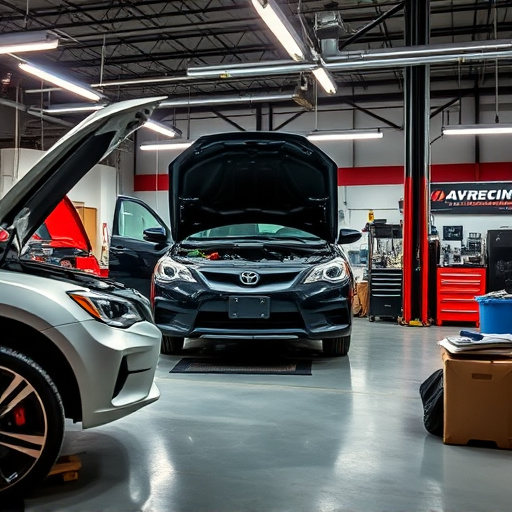
Electric Vehicles (EVs) present unique challenges for pedestrian safety that differ from traditional internal combustion engine cars. One key issue is their quiet operation, which can make it harder for pedestrians to hear them approaching, especially in urban areas where background noise levels are high. This lack of auditory cues requires specialized pedestrian safety features, such as enhanced sound systems and warning signals, to alert people to the presence of EVs.
Additionally, the design and materials used in EVs can impact their interaction with pedestrians. For instance, while lightweight construction reduces energy transfer in collisions, it also means that EVs may leave different types of dents or damage on impact. As such, effective pedestrian safety features repair, including dent removal and car paint repair, becomes crucial to mitigate these unique risks and ensure the well-being of individuals sharing public spaces with EVs.
– Discussion on the differences between EV and conventional vehicle sounds

Electric Vehicles (EVs) produce sounds that are significantly different from conventional vehicles, which has led to a growing focus on pedestrian safety features repair. Unlike internal combustion engines, EVs rely on electric motors and batteries for power, resulting in quieter operation. While this is an environmental benefit, it also presents a challenge for pedestrians, especially those with visual impairments. Without the familiar sounds of a traditional engine, pedestrians may not be immediately aware of an EV’s presence, increasing the risk of accidents.
This unique aspect underlines the need for specialized pedestrian safety features repair in EVs. Auto repair services must incorporate innovative solutions to address this issue, such as incorporating advanced sound systems or other sensory cues into vehicle design. By doing so, they can ensure that electric vehicles remain safe and accessible for everyone, particularly in urban environments where foot traffic is dense.
– Increased speed and silent operation as key factors impacting pedestrian safety

The rise of electric vehicles (EVs) brings significant advancements in sustainability and efficiency, but it also presents unique challenges when it comes to pedestrian safety. One of the primary concerns is the increased speed at which EVs can travel, often with little or no sound. Unlike traditional internal combustion engines, electric motors provide a silent driving experience, making it harder for pedestrians to anticipate and detect oncoming vehicles. This lack of audible warning can lead to potential hazards, especially in urban areas where foot traffic is high.
Additionally, the design of EVs often includes larger grilles and front ends to accommodate battery packs and advanced cooling systems, which can result in a different visual and spatial perception compared to conventional cars. These factors demand specialized pedestrian safety features repair to ensure that these vehicles are equipped to protect vulnerable road users effectively. Automotive collision repair specialists play a crucial role in enhancing EV safety by offering tailored solutions for impact zones, energy absorption technologies, and advanced sensor systems designed to mitigate the risk of collisions and reduce the severity of injuries.
As electric vehicles (EVs) gain popularity, addressing their unique challenges for pedestrian safety has become crucial. The distinct sounds of conventional vehicles provide vital cues for pedestrians, but EVs’ quiet operation can create a hidden hazard. Increasing speed and the lack of auditory signals necessitate implementing specialized pedestrian safety features during EV repair and design. These measures ensure that the benefits of silent, efficient transportation do not come at the cost of public safety.




